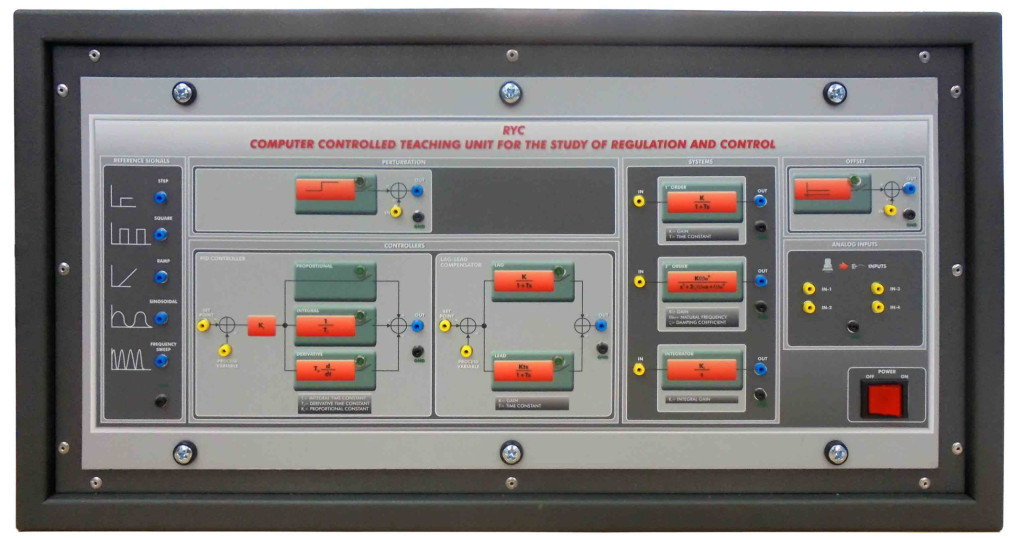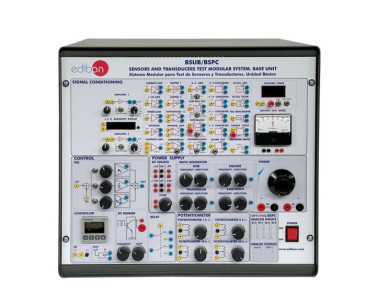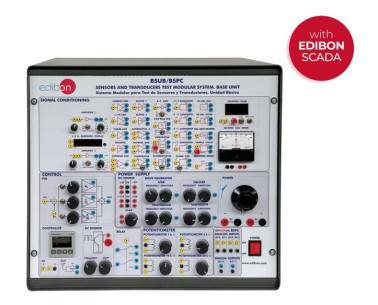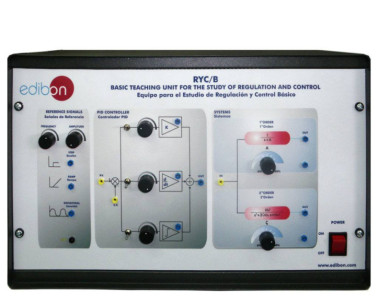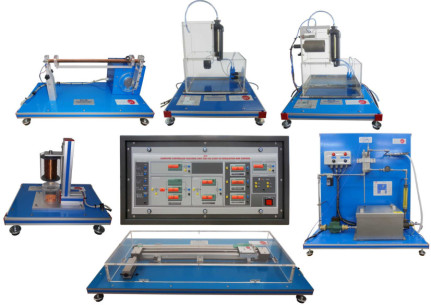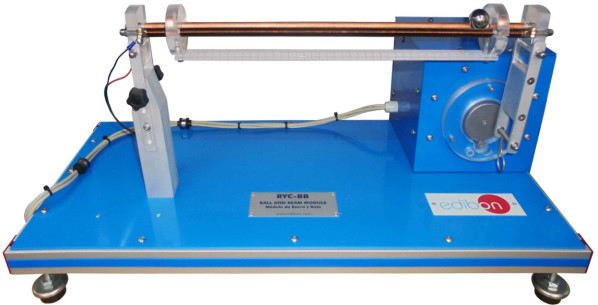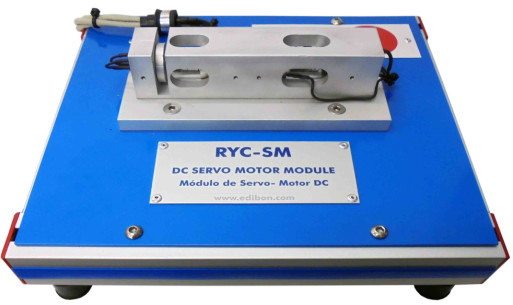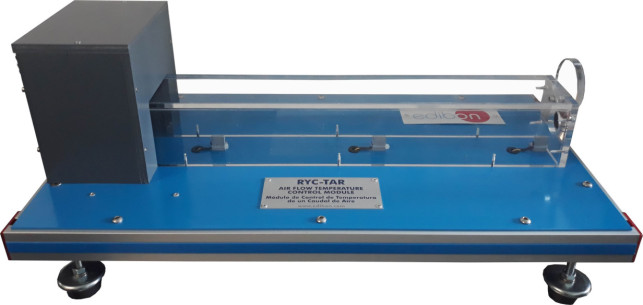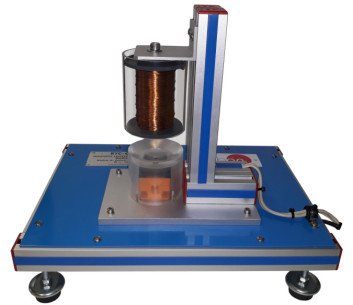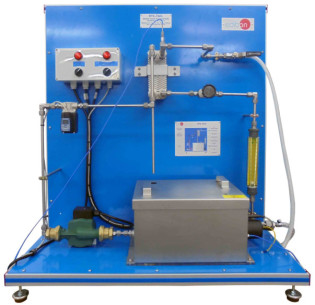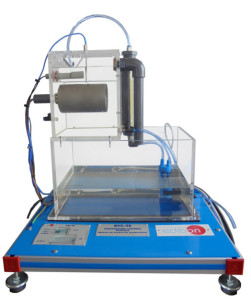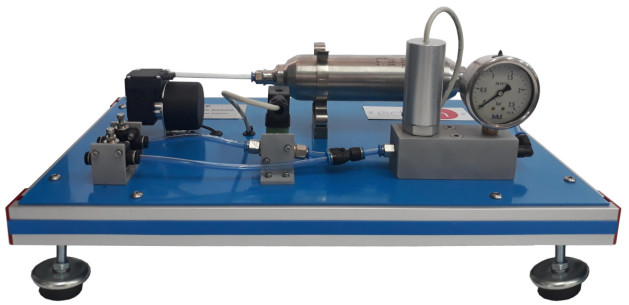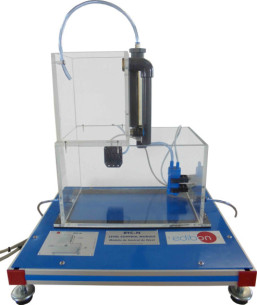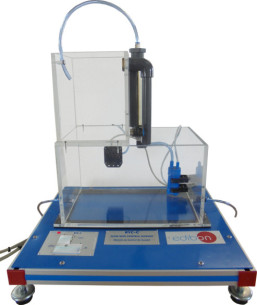RYC Computer Controlled Teaching Unit for the Study of Regulation and Control
혁신적인 시스템
Regulation and control theory is divided into two major divisions in, namely, classical and modern. The implementation of classical controller designs as compared to systems designed using modern control theory is easier and these controllers are preferred in most industrial applications. The most common controllers designed using classical control theory, are PID controllers.
확장
실험실
관련 뉴스
일반적인 설명
Regulation and control theory is divided into two major divisions in, namely, classical and modern. The implementation of classical controller designs as compared to systems designed using modern control theory is easier and these controllers are preferred in most industrial applications. The most common controllers designed using classical control theory, are PID controllers.
The Computer Controlled Teaching Unit for the Study of Regulation and Control, "RYC", allows the students to simulate an integrator system, a first order system and a second order system and regulate them with a PID controller or Lead and Lag compensator. The unit also allows to simulate perturbations and offsets to analyze the response of the system.
A wide range of applications: DC Servo Motor Module, Ball and Beam Module, etc. for working with the "RYC" unit are available to study a real control systems response to complement the Study of regulation and control in real time.
연습 및 가이드
매뉴얼에 포함 된 가이드 실기 연습
- Response of a first order system in time domain. (Step response).
- Response of a first order system in time domain. (Ramp response).
- Response of a first order system in time domain. (Sine response).
- Response of a first order system in frequency domain. (Sine response).
- Response of a second order system in time domain. (Step response).
- Response of a second order system in time domain. (Ramp response).
- Response of a second order system in time domain. (Sine response).
- Response of a second order system in frequency domain. (Sine response).
- Phase Lead Compensator experiment.
- Phase Lag Compensator experiment.
- Structure of a PID controller. (Proportional-Integrative-Derivative blocks).
- PID control of a first order system in open-loop.
- PID control of a second order system in open-loop.
- PID control of a first order system in closed-loop. (Mathematical tuning).
- PID control of a first order system in closed-loop. (Experimental tuning).
- PID control of a first order system in closed-loop. (Ziegler-Nichols tuning).
- PID control of a second order system in closed-loop. (Mathematical tuning).
- PID control of a second order system in closed-loop. (Experimental tuning).
- PID control of a second order system in closed- loop. (Ziegler-Nichols tuning).
장비로 수행 할 수있는 더 많은 실용적 연습
- Many students view results simultaneously. To view all results in real time in the classroom by means of a projector or an electronic whiteboard.
- Open Control, Multicontrol and Real Time Control. This unit allows intrinsically and/or extrinsically to change the span, gains, proportional, integral, derivative parameters, etc, in real time.
- This unit is totally safe as uses mechanical, electrical and electronic, and software safety devices.
- This unit can be used for doing applied research.
- This unit can be used for giving training courses to Industries even to other Technical Education Institutions.
- Control of the RYC unit process through the control interface box without the computer.
- Visualization of all the sensors values used in the RYC unit process.
- Several other exercises can be done and designed by the user.
비슷한 제품
컴퓨터(PC)로 제어되는 BS 기본 유닛
보완 장비
PID 제어 및 조절 기초 장비
Computer Controlled Modular Control and Regulation Unit
봉-공 시스템용 PID 제어 및 조절 장비
DC 서보모터의 PID 제어 및 조절 장비
기류 온도의 PID 제어 및 조절 장비
역진자 PID 제어 및 조절 장비
자기 부상의 PID 제어 및 조절 장비
수류 온도의 PID 제어 및 조절 장비
온도의 PID 제어 및 조절 장비
압력 수준 PID 제어 및 조절 장비
수위의 PID 제어 및 조절 장비
유량의 PID 제어 및 조절 장비
품질

판매 후 서비스

 쿠키 기본 설정
쿠키 기본 설정

